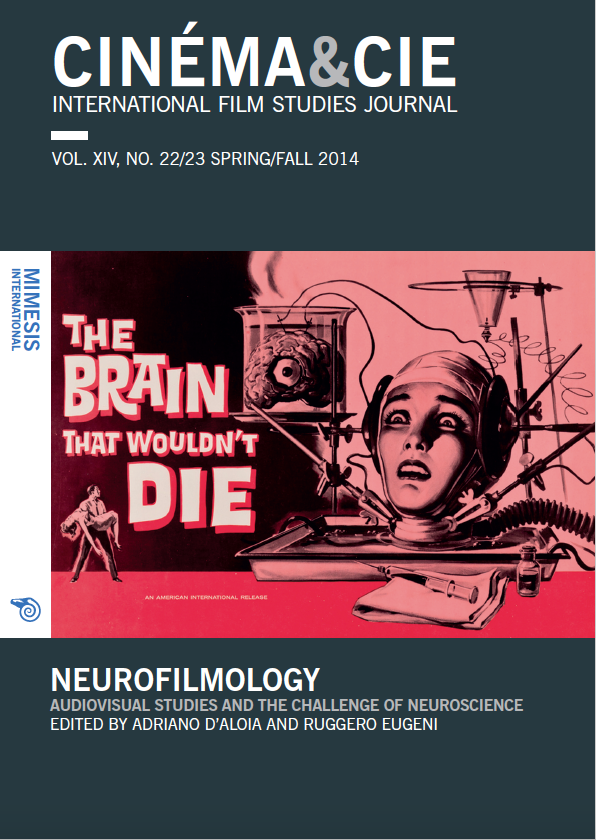L’analyse du film a l’ère numérique. Annotation, geste analytique et lecture active
Abstract
In 1990 Raymond Bellour defined the practice of film analysis as “an art without future” because of the intrinsically different language it used in relation to its object; specifically, he was referencing oral communication (seminars and teaching classes) and creation through visual arts as the only specific spaces left for film analysis. His idea was to overcome critical and theoretical writing in favour of an action on film. What is the relevance of these reflexions in the new media landscape? By envisioning a dialogue between new and old tools, one can reflect on the way digital devices are shaping emerging practices. If the viewer is becoming an actor, then perhaps the researcher is able to become an editor who – by deconstructing the film – can also produce new audio-visual and graphic material. Computer-assisted analysis involves a range of different tools, from statistics to annotation to presentation, and each tool has practical as well as methodological implications. In this article, I examine the conception, application, and potential of four such computer programmes from the perspective of the history of cinema and film analysis. I also hypothesize that active reading tools such as Advene, while helping to promote new practices, may also encourage new approaches. I argue that the computer amounts to a real assistance tool for the practice of analysis. Our desire to deconstruct and analyse films is today more alive than ever, and digital tools can help us not only to “grasp” the film, but also to grasp its impact on us, as well as the path to our comprehension of it.






